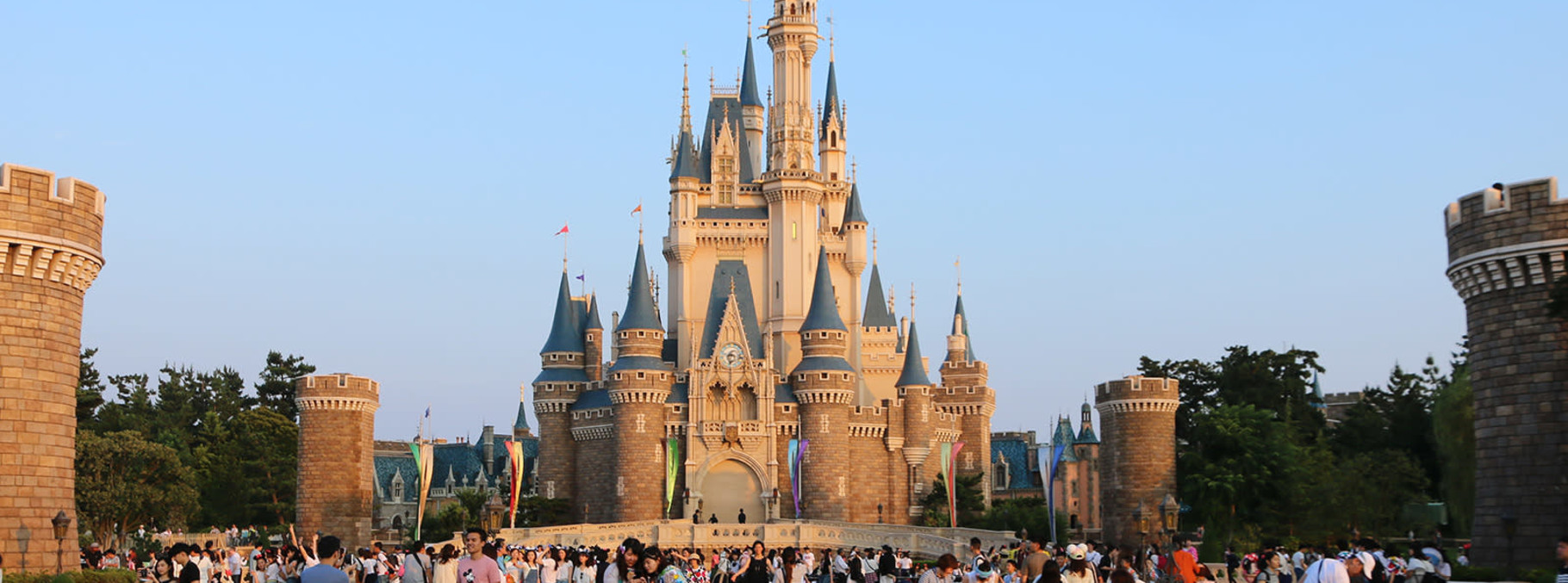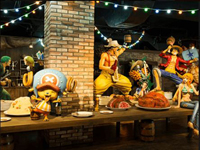Yakushiji


(Source: mith17/Flickr)
Yakushi Sanzo Statue
The Kondo was constructed as an offering to help those who are ill or suffering. There are three Buddhist statues in this building. The central statue, Yakushi Nyorai, has been designated as a national treasure, along with the pedestal that he is seated on! The statue is said to have a gentle and kind expression.

(Source: 鍾馗を尋ねて三千里)
Saito
There are two pagodas in-front of the Kondo. When facing them, the one to your left is the Saito. The pagoda’s most striking features are its vivid colors and energetic design. At the time of its construction, this pagoda was a display of the vivid culture of Heijokyo, the capital during the Nara era. Statues depicting four of the eight stages of the life of Gautama Buddha are enshrined inside this pagoda.

(Source: いつでもLOUPE)
Standing Statue of Buddhist Goddess Kanzeon (National Treasure)
A statue of the principle deity of Toindo, Shokan Zeon Bosatsu (Statue of Kannon) was created around the 7th century. The faint smile that graces this statue’s face is said to be one of the greatest beauties of Japan, and influence from India’s Gupta Empire is evident in the carving from the clothing to the feet.

(Source: letuce`s room)
Genjo-Sanzo-in
A short walk to the north of the Kondo will lead visitors to a temple building devoted to the Buddhist priest Sanzo, who is the founder of the Buddhist sect that Yakushiji belongs to. This Buddhist priest traveled on foot across China and India over a period of 17 years. Many people come to pray here. The wall paintings depicting images of Sanzo's travels are also particularly noteworthy.

(Source: ☆fokioのブログへの訪問ありがとうございます☆♪)

(Source: mith17/Flickr)
Yakushi Sanzo Statue
The Kondo was constructed as an offering to help those who are ill or suffering. There are three Buddhist statues in this building. The central statue, Yakushi Nyorai, has been designated as a national treasure, along with the pedestal that he is seated on! The statue is said to have a gentle and kind expression.

(Source: 鍾馗を尋ねて三千里)
Saito
There are two pagodas in-front of the Kondo. When facing them, the one to your left is the Saito. The pagoda’s most striking features are its vivid colors and energetic design. At the time of its construction, this pagoda was a display of the vivid culture of Heijokyo, the capital during the Nara era. Statues depicting four of the eight stages of the life of Gautama Buddha are enshrined inside this pagoda.

(Source: いつでもLOUPE)
Standing Statue of Buddhist Goddess Kanzeon (National Treasure)
A statue of the principle deity of Toindo, Shokan Zeon Bosatsu (Statue of Kannon) was created around the 7th century. The faint smile that graces this statue’s face is said to be one of the greatest beauties of Japan, and influence from India’s Gupta Empire is evident in the carving from the clothing to the feet.

(Source: letuce`s room)
Genjo-Sanzo-in
A short walk to the north of the Kondo will lead visitors to a temple building devoted to the Buddhist priest Sanzo, who is the founder of the Buddhist sect that Yakushiji belongs to. This Buddhist priest traveled on foot across China and India over a period of 17 years. Many people come to pray here. The wall paintings depicting images of Sanzo's travels are also particularly noteworthy.

(Source: ☆fokioのブログへの訪問ありがとうございます☆♪)






